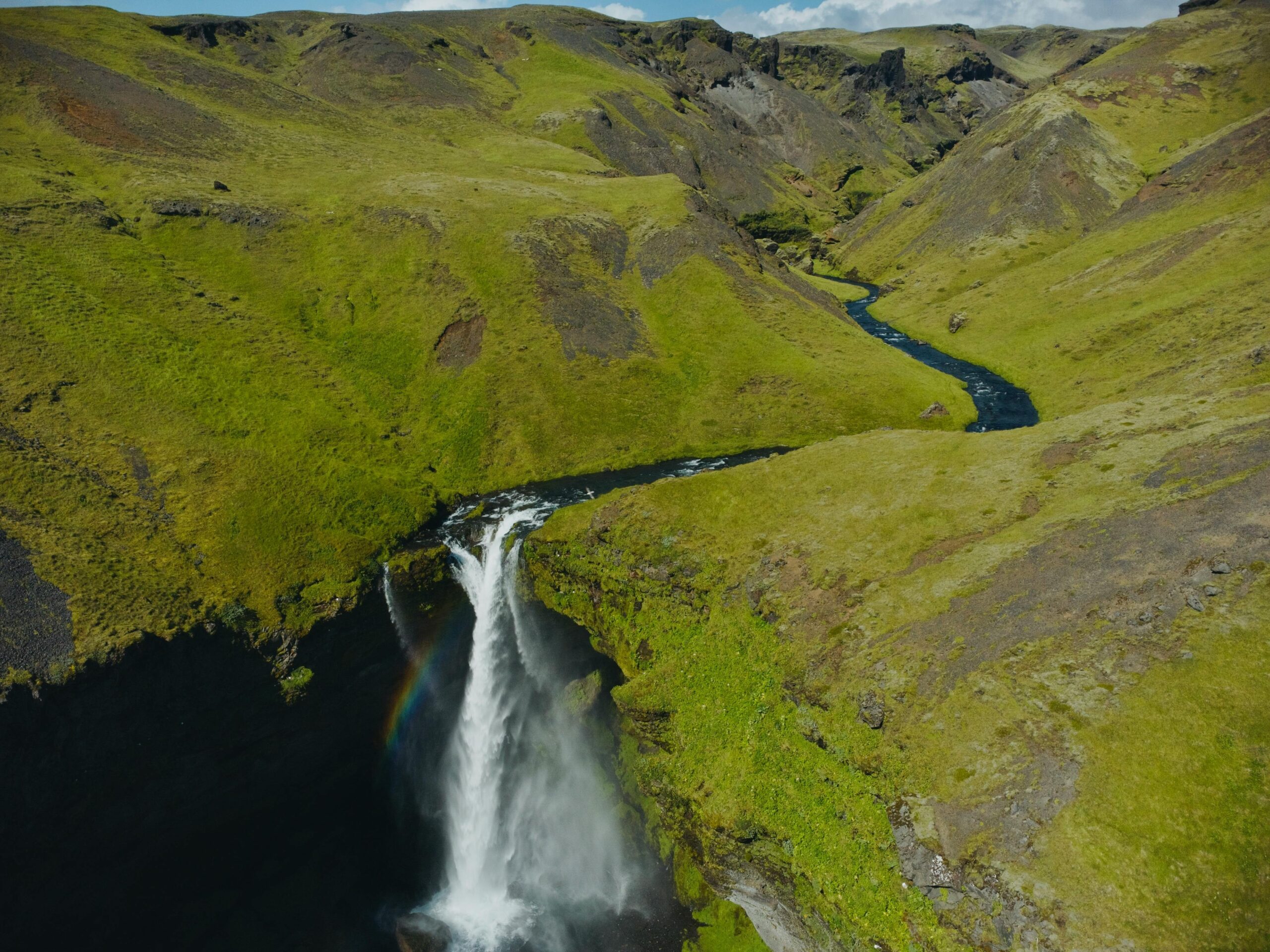“Ever lost a game because someone on your team didn’t know the map changes?” Yeah, we’ve all been there. Whether you’re grinding solo or competing in the Apex Legends Global Series (ALGS), mastering map dynamics can make or break your gameplay. With map rotations being a core feature of Respawn Entertainment’s design philosophy, understanding these shifts is as vital as perfecting your jumpmaster callouts.
This post dives into the crucial topic of map change analysis in ALGS and how pros adapt to new terrains, choke points, and strategies. By the end, you’ll walk away with tactics to dissect maps yourself—no matter if you’re going for victory royale glory or simply leveling up your casual game.
Table of Contents
- Key Takeaways
- Why Map Changes Matter
- Step-by-Step Guide to Analyzing Map Changes
- Top Tips for Navigating New Layouts
- Case Study: How Pros Adapted to Storm Point’s Evolution
- Frequently Asked Questions
Key Takeaways
- Map changes are not random; they’re strategic adjustments that force teams to rethink positioning.
- Analyzing rotation paths, loot spawns, and engagement zones is essential for success during tournaments.
- Social listening tools like watching pro matches help predict meta trends before everyone else catches on.
- “Terrible Tip: Ignoring map updates leads to embarrassing wipeouts.”
Why Map Changes Matter
When it comes to competitive gaming, static environments breed stagnation. Enter Respawn Entertainment’s occasional shake-ups—they introduce chaos but also opportunity. For instance, when Kings Canyon got revamped back in Season 6, players who refused to learn its revamped hotspots quickly found themselves stuck in one-way death funnels.

Image 1: Visual comparison between old vs. updated Kings Canyon layout showing key area modifications.
But why do devs tweak things mid-season? It’s simple: to keep the meta fresh. If every squad knows where to land and which routes offer safe rotations, battles become predictable snooze-fests. That sharp adrenaline spike you feel when trying out a new map—that’s pure competitive magic.
Rant Break: Seriously though, nobody likes those pesky “low-risk” landing spots that somehow always have zero loot worth picking up anymore. Chef’s kiss frustration.
Step-by-Step Guide to Analyzing Map Changes
Step 1: Check Loot Distribution Updates
First stop: loot. Respawn often tweaks high-tier weapon spawns after major patches. Use official patch notes combined with live scouting runs to pinpoint which zones now give better rewards. A quick screenshotting habit goes a long way here.

Image 2: Infographic showcasing heatmap of recent loot spawn density changes across World’s Edge.
Step 2: Identify New Rotation Paths
Once circle positions start shifting due to ring mechanics, master rotational patterns early. Experiment in custom lobbies with friends to simulate late-game scenarios without the stress of enemy encounters.
Step 3: Spot New Engagement Zones
New engagements arise from redesigned buildings or vantage points. Keep an eye out for places where snipers might camp—and remember, verticality matters more than ever.
Top Tips for Navigating New Layouts
- Scout First: Always play passive early games post-update.
- Watch Pros: Study how top-tier squads handle unfamiliar terrain.
- Simulate Practice: Custom lobbies = goldmine for testing theories.
- Group Voice Chat: Talk through strategies while learning together.
Case Study: How Pros Adapted to Storm Point’s Evolution
Take Season 10’s introduction of “Care Package Islands” on Storm Point—it completely rewired combat logic. Instead of dumping resources defending Command Centers, squads focused on hunting airborne care packages containing powerful gear.

Image 3: Diagram illustrating popular flight paths used by professional teams avoiding danger zones near newly added Care Packages.
The best lesson came from observing OG winners like TSM_FTX navigating daredevil drops onto floating platforms—dramatically changing their traditionally conservative playstyle forever.
Frequently Asked Questions
What’s the point of frequent map rotations in ALGS?
To counterbalance overused strategies! Static maps allow too much exploit potential. Rotations ensure fairness and test true skill rather than memorized shortcuts alone.
How soon should I adjust my strategy after a map update?
Within a week max—ideally within three days. Delay equals disaster, trust us.
Is there any tool available for tracking real-time map stats?
Absolutely yes! Platforms like Tracker.gg provide heatmaps based on player activity following patch releases.
Conclusion
Understanding Map Change Analysis isn’t just about surviving another round; it’s about thriving under constant uncertainty. Just imagine acing your next tournament by leveraging little-known chokepoints or nailing clutch engagements thanks solely to prior prep work!
So gear up, study hard, and let instincts guide your virtual boots. Like a Tamagotchi revival app demanding daily care, keeping tabs on evolving grounds ensures survival in today’s ruthless esports scene.


